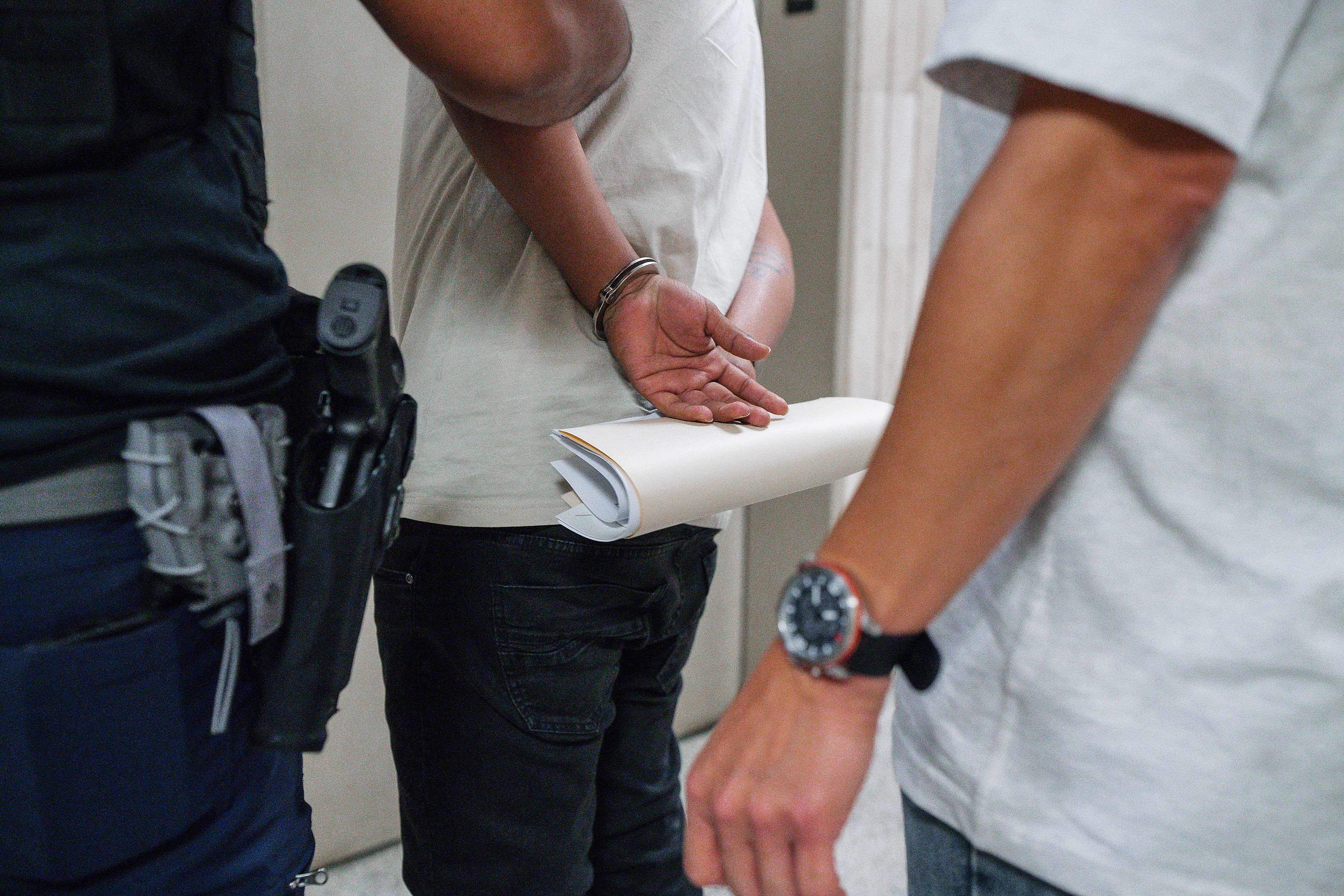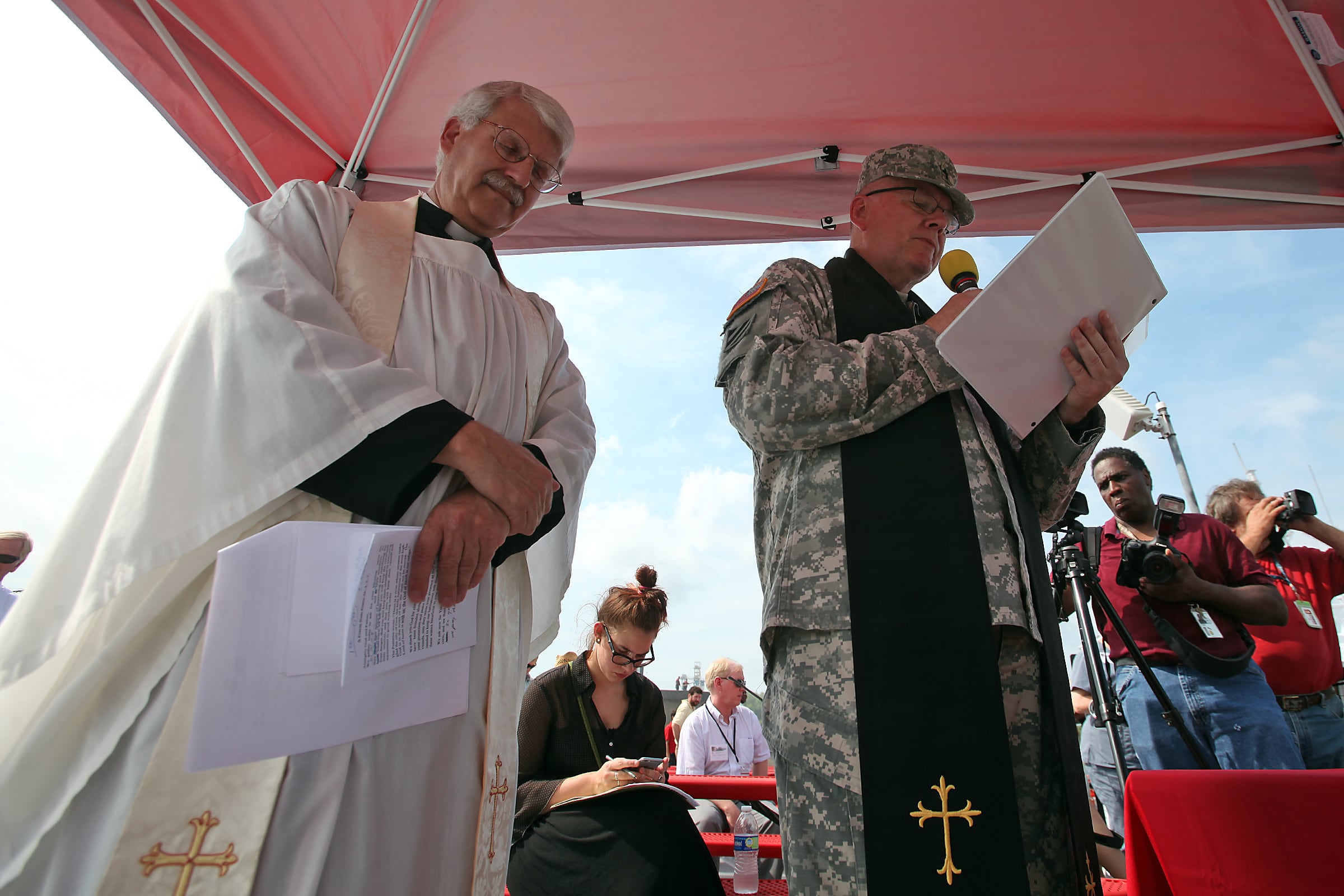The United States Navy has contracted a new Arleigh Burke-class destroyer that is slated to be named in honor of a Marine who received the Medal of Honor for saving a fellow service member’s life during combat operations in Afghanistan, Navy Secretary John Phelan announced.
The destroyer will be named after U.S. Marine Cpl. Kyle Carpenter, who on Nov. 21, 2010, shielded another Marine from a grenade blast by throwing his body in front of the deadly explosive. Carpenter survived, but was severely wounded as a result of the blast.
He subsequently underwent over 40 reconstructive surgeries and a lengthy rehabilitation process to improve his quality of life, a process Carpenter has been open to sharing in order to inspire fellow service members.
“In 2010, Cpl. Carpenter went above and beyond the call of duty to shield a fellow Marine from a grenade blast in Afghanistan,” Phelan wrote. “May this warship represent his valor, resilience and devotion to our Nation.”
Former Navy Secretary Carlos Del Toro first announced the arrival of the destroyer Kyle Carpenter in January.
Carpenter was serving with the 2nd Battalion, 9th Marine Regiment, at the time of the engagement that changed his life.
Along with two reinforced Marine squads, and partnered with an Afghan National Army squad, Carpenter, then 21 years old, was in a small village in the Marjah District of Afghanistan.
Coalition forces were shielding the local population from enemy activity, according to Carpenter’s Medal of Honor citation.
RELATED

Carpenter and another Marine were on a rooftop, just on the perimeter of Patrol Base Dakota, when enemy forces attacked. Suddenly, a hand grenade landed near Carpenter and the other Marine.
“Without hesitation, and with complete disregard for his own safety, Lance Corporal Carpenter moved toward the grenade in an attempt to shield his fellow Marine from the deadly blast,” his award citation reads. “When the grenade detonated, his body absorbed the brunt of the blast, severely wounding him, but saving the life of his fellow Marine.”
Carpenter’s right arm and jaw were shattered in the blast. He also lost his right eye and most of his teeth.
“By his undaunted courage, bold fighting spirit, and unwavering devotion to duty in the face of almost certain death, Lance Corporal Carpenter reflected great credit upon himself and upheld the highest traditions of the Marine Corps and the United States Naval Service,” the citation said.
Carpenter, who medically retired in 2013, was presented the Medal of Honor by former President Barack Obama on June 19, 2014 in a White House ceremony.
He is the youngest living Medal of Honor recipient.
Riley Ceder is a reporter at Military Times, where he covers breaking news, criminal justice, investigations, and cyber. He previously worked as an investigative practicum student at The Washington Post, where he contributed to the Abused by the Badge investigation.





